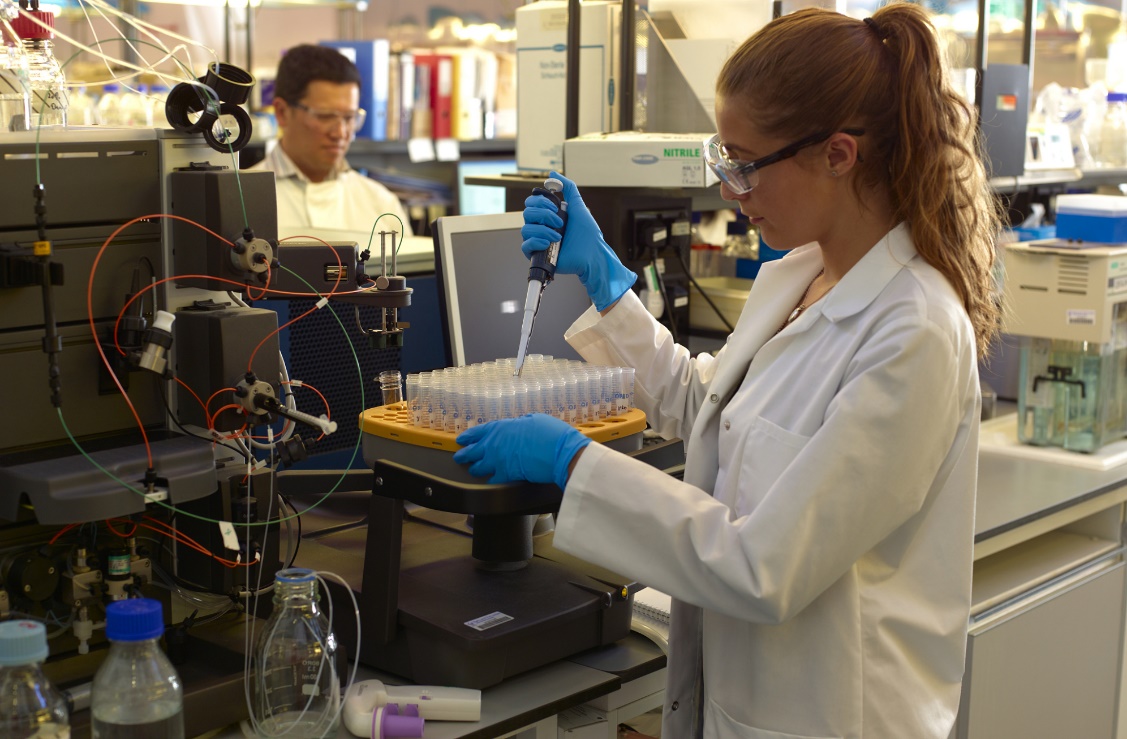
Recently, a research team from Stanford University in the United States caused a sensation in the scientific community as they successfully created the most detailed 3D cell map of mouse embryos to date. This study not only visualizes nearly 8 million cells, but also reveals how cells interact and migrate within less than two weeks after conception, providing valuable resources for researchers to explore the causes of congenital diseases. The core achievement of this study is a detailed 3D cell map of mouse embryos, which presents the cell structure and dynamic processes in embryos with astonishing accuracy through advanced imaging techniques and complex computational models. The map shows that the structure of every major organ in the embryo, from the brain to the heart to the spinal cord, is clearly displayed. What's even more amazing is that the map also captured complex new structures in the neural tube (the precursor of the central nervous system), as well as asymmetric movements of cells that form the four chambers of the heart's growth.
The research team at Stanford University utilized a model called Spateo to cultivate "virtual" embryos. This model concatenates multiple types of data together, including transcriptome data for each cell in approximately 90 tissue sections collected at two time points - that is, all RNA molecules involved in protein synthesis. By locating and recording the transcriptome of each cell across space and time, researchers are able to reconstruct a 3D cell map of the embryo.
The release of this research result is of great significance for researchers around the world exploring the mechanisms of mouse development. Stem cell biologists point out that the atlas captures the complexity of a large number of cells, providing an unprecedented perspective for understanding the process of embryonic development. This not only helps to reveal the mechanisms of normal development, but also opens up new avenues for studying the root causes of congenital diseases. This map shows the cellular dynamics of embryos within less than two weeks after conception. This period is a critical time for embryonic development, where cells rapidly proliferate, differentiate, and migrate to form various tissues and organs. Through the atlas, researchers can observe the interactions between cells and how these interactions affect the overall development of the embryo. For example, the diagram shows the formation process of the neural tube, which is the foundation of the central nervous system. Abnormal development of the neural tube can lead to serious congenital diseases such as spina bifida and brain herniation.
The map also reveals details of heart development. The heart is one of the most complex organs in embryonic development, consisting of four chambers formed through complex cell movements and gene expression patterns. The graph shows the asymmetric movement of cells that form the four chambers of the heart, which is crucial for understanding cellular behavior during heart development. Researchers can explore the regulatory mechanisms of heart development by analyzing these cell movements, providing a theoretical basis for the prevention and treatment of heart diseases.
The research team at Stanford University not only focused on the structure and location of cells during the mapping process, but also delved into the gene expression patterns of cells. They used transcriptome data to analyze gene expression characteristics of different cell types, revealing key molecular mechanisms of cell differentiation and function. These pieces of information not only help to understand normal developmental processes, but also provide important clues for studying genetic abnormalities during disease development.
It is worth mentioning that the Spateo model is not only applicable to mouse embryos, but can also be used to map any species, including human embryos and organs. The universality of this model means that researchers can use similar methods to explore the human development process and provide new tools and methods for medical research and clinical treatment. For example, by drawing a 3D cell map of human embryos, researchers can gain a deeper understanding of the early stages of human development, providing scientific evidence for the prevention and treatment of congenital diseases.
In addition to the research conducted by Stanford University, other research institutions are also exploring similar fields. For example, a research team from the Max Planck Institute for Molecular Genetics in Germany, the Massachusetts Institute of Technology in the United States, and the Broad Institute at Harvard University used Slide seq technology to construct a spatiotemporal transcriptome map of mouse embryonic organ formation in the early stages. This study analyzed gene expression within the embryonic range using spatial coordinates and generated transcriptome gene expression data at a spatial resolution of 10 micrometers, providing a new perspective for understanding the dynamic processes of early embryonic development.
The successive release of these research results marks a new stage in embryonic development research. By drawing detailed 3D cell maps and spatiotemporal transcriptome maps, researchers can gain a deeper understanding of the complex process of embryonic development, revealing the regulatory mechanisms of cell interactions and gene expression. These findings not only help to understand the biological principles of normal development, but also provide new clues and tools for studying the root causes of congenital diseases and developmental disorders.
With the continuous advancement of technology and in-depth research, the understanding of embryonic development will become more comprehensive and profound. This will not only help promote the development of biology and medicine, but also bring more hope and possibilities for human health and well-being. The 3D cell atlas created by the research team at Stanford University is undoubtedly a milestone achievement in this field, opening up new avenues for future research.

The European Commission released a package of measures for the automotive industry on Tuesday (December 16th), proposing to relax the requirements related to the "ban on the sale of fuel vehicles" by 2035.
The European Commission released a package of measures for …
Venezuela's Vice President and Oil Minister Rodriguez said …
On December 16 local time, the Ministry of Space Science Ex…
Recently, a highly anticipated phone call between the defen…
Right now, the world's major central banks are standing at …
Recently, according to Xinhua News Agency, the news of a tr…